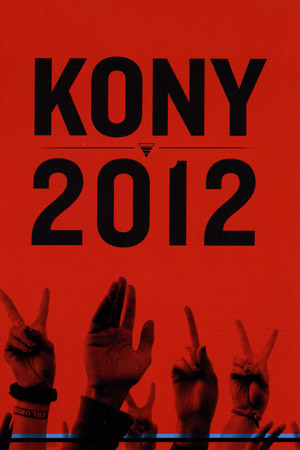Gun in hand, eight-year-old Santo Aboyi marched in step with a hundred other children into the jungle of Northern Uganda. Fifteen years later Aboyi traveled to the United States to talk to anyone willing to listen to his story.
In 2003, three young filmmakers, Jason Russell, Bobby Bailey and Laren Poole, went to Africa to begin shooting a short film. As they began to search for a topic to film, they saw thousands of kids crammed into buildings to avoid being captured by the Lord’s Resistance Army, led by Joseph Kony. The children cowered in fear of the fate they might face if they were to be abducted.
“Life was so hard in the jungle, but prayer helped me. I can’t forget about my life in Uganda,” Aboyi said. “Speaking about my experience now creates awareness in the sense that [students] are going to use their voices; that will make Kony face justice.”
Since the three filmmakers came home to the U.S., they made a movie, Invisible Children: Rough Cut, to share with the world. In 2005, the men founded Invisible Children as a 501(c)(3) non-profit project to raise awareness about the “invisible children.”
The Invisible Children’s goals are to bring peace to Central Africa by rehabilitating war-affected regions and to bring an end to the LRA’s violence. Russell, Bailey and Poole have volunteered to speak at high schools, conferences and in the streets about the children armies.
On April 3, full time volunteer Jenelle Rosecrance and former child soldier Aboyi spoke to a packed auditorium of students about the Invisible Children’s mission, the LRA and how students can help end the war.
To help the movement, one can talk to a local representative, raise awareness by sharing the films online, take part in the Cover the Night project on April 20, or simply learn more about the situation in Africa.
“[People should care about this movement] because it’s students and children in other areas who are being affected by this and so it’s people just like them,” Rosecrance said. “It could have been them in this conflict and they would have wanted someone to help them.”
Because of Invisible Children, Aboyi has been able to experience new things, like swimming for the first time, jumping on a trampoline and earning a college degree in business. While there have been critics of the organization, the progress and awareness of the movement have excelled past what the three founders thought it would. When they created the Kony 2012 video, they expected 5,000 people to see it, but it has been viewed by 104,506,332* people worldwide. With an operating budget of $13.8 million in 2010, the Central African Programs received $2.8 million to help Uganda with schools and the Legacy Scholarship Fund.
“[This experience] has been rewarding, exhausting, incredible and I recommend anyone to do it,” Rosecrance said. “You’re giving so much, but then you get so much from the job too.”
To help the Invisible Children movement, go to www.invisiblechildren.com and in the top right hand corner of the screen click donate or action kit to help fund the cost and help save lives.
“Joseph Kony is the worst man in the world and he is the number one target of the International Criminal Court and so the Invisible Children movement is raising awareness and making him famous so that he can face justice,” Aboyi said. “We demand peace no matter where we come from.”
*number of people who have seen the video as of April 6
